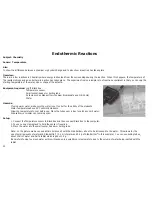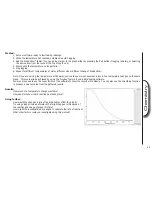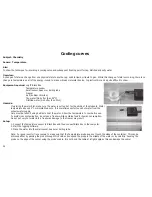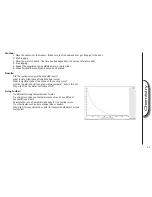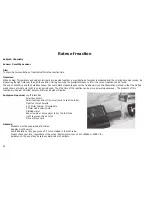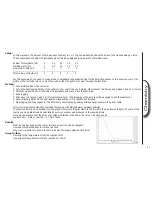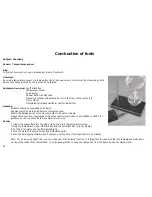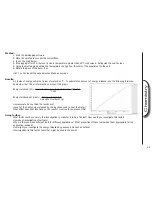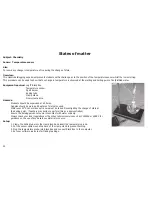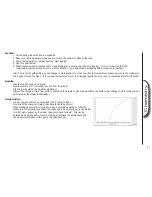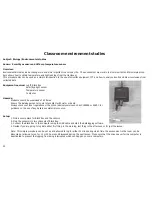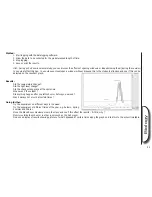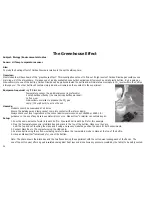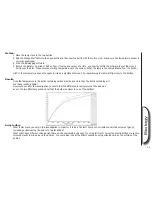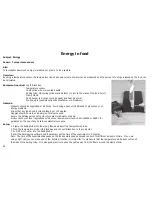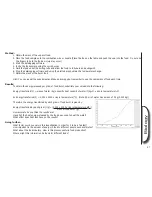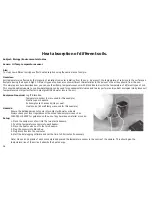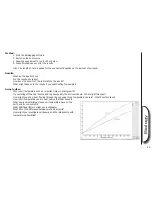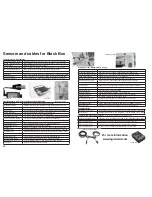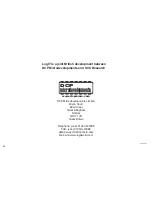
36
Energy in food
Subject: Biology
Sensor: Temperature sensor
Aim:
To investigate how much energy is released per gram of a food sample.
Overview:
By using a temperature sensor, the temperature rise of a known volume of water can be measured and the amount of energy released by the food can
be calculated.
Equipment required:
LogIT Black Box
Temperature sensor
Combustion wire or mounted needle
Boiling tube, Measuring cylinder and balance (to record the mass of the food burnt)
Clamp stand
Spirit burner (a Bunsen could be used) and heat proof mat
Food sample (examples might be Weetabix
®
or Shreddies
®
)
Hazards:
Students should be supervised at all times. Avoid using a peanut (traditional) to prevent any nut
allergy problems.
Stress that any food used in science labs is not to be eaten.
Goggles should be worn and heat proof mats also used.
Ensure the datalogger cannot come into contact with water or damp.
Always check your local regulations or the school advisory service such as CLEAPSS or SSERC for
guidance on the use of any hazardous material or source.
Setup:
1. Clamp the boiling tube into the clamp stand and insert the temperature probe.
2. Plug the temperature probe into Black Box and connect Black Box to the computer.
3. Pour 25 ml of water into the boiling tube.
4. Start the datalogging software and if necessary set the time of the experiment to 5 minutes.
Note: The time of the experiment depends on the food sample used as cereals can burn for different amounts of time. If you are
using LogIT Lab, you can make use of the ‘Autolog’ function. It is important to make sure that the temperature probe does not touch
the sides of the boiling tube. It is also good practice to wrap the cable away from the flame around the clamp stand.

